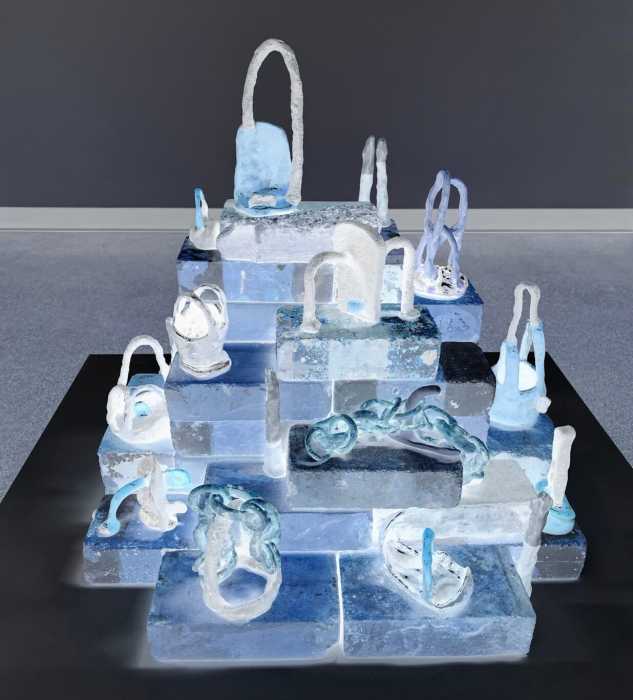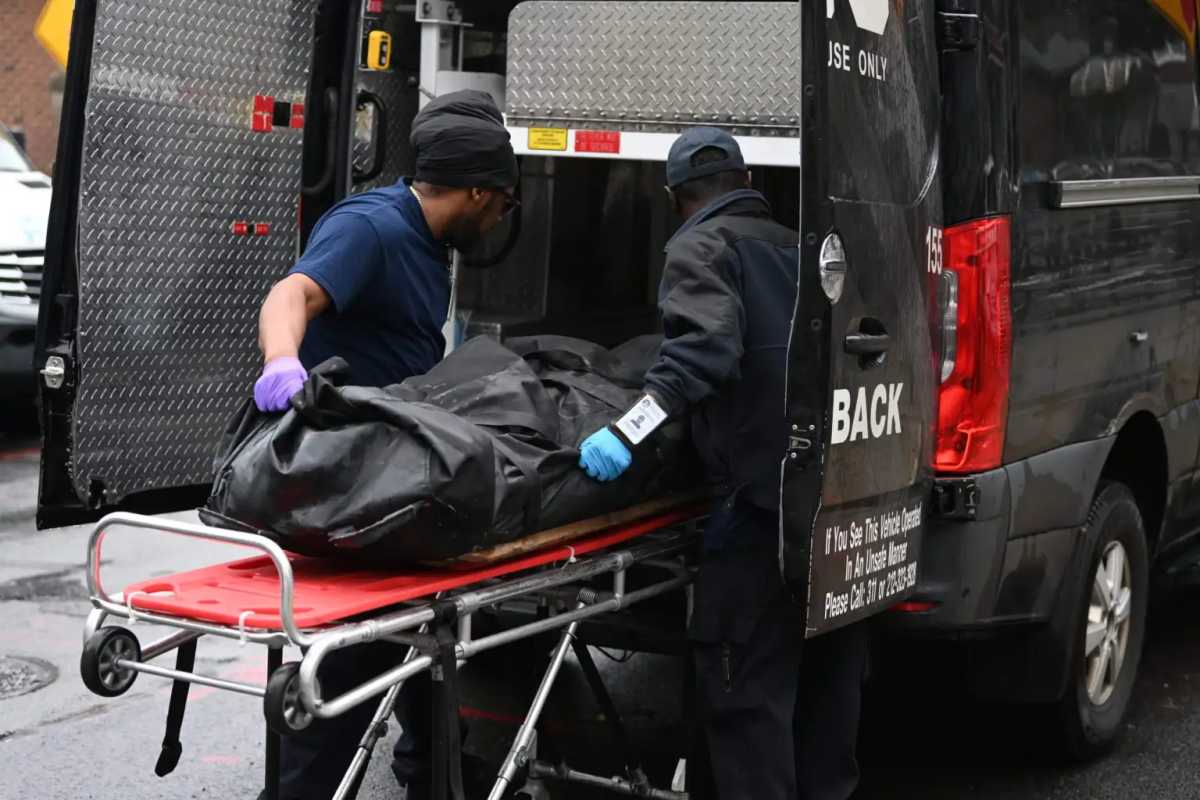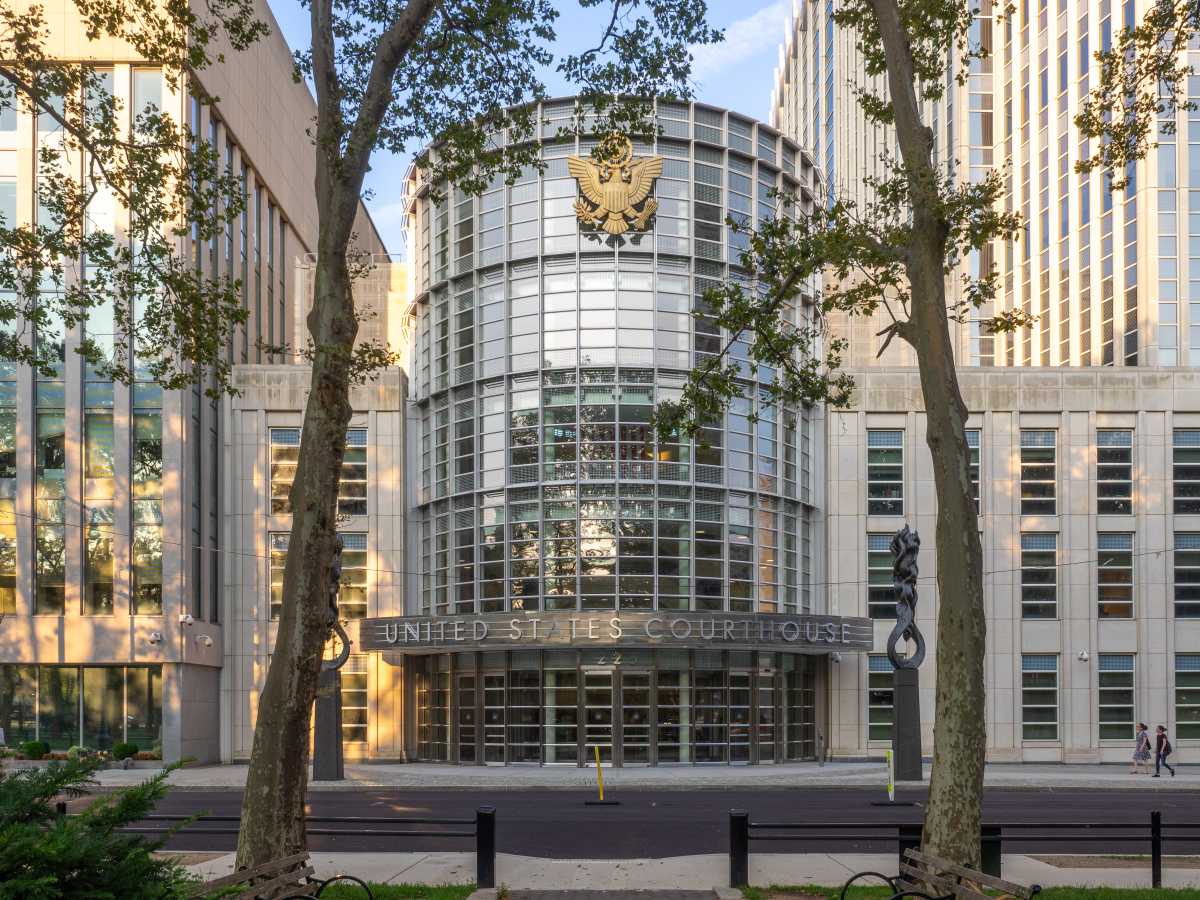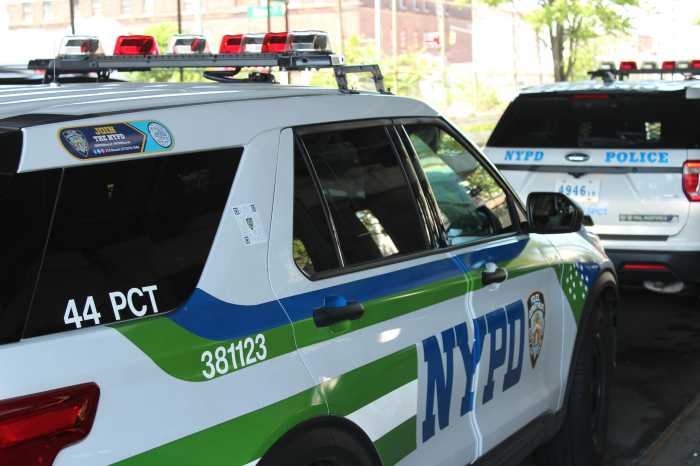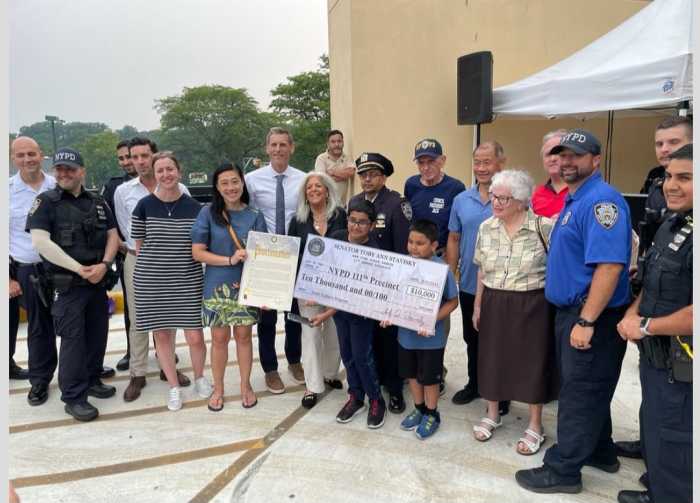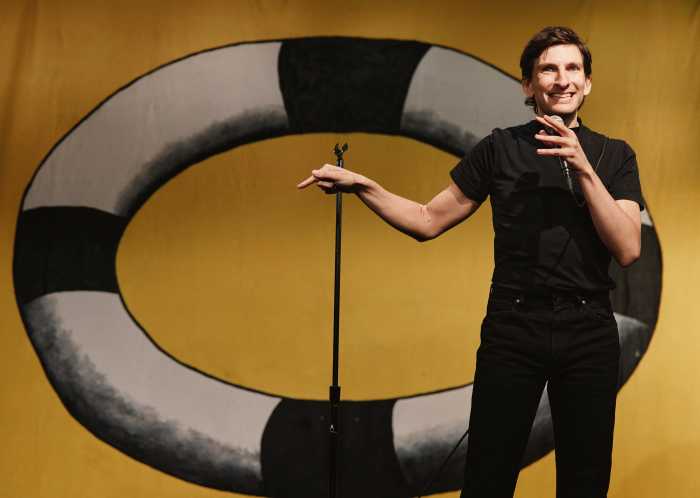There are new people in power in Washington and Albany, so bad decisions made two decades ago can be changed. A glaring example of one such bad decision is the Verrazano Bridge’s warped tolling system.
What’s the problem? The problem is that the bridge only tolls traffic going from Brooklyn to Staten Island. The result: thousands of truckers and commuters going from Brooklyn or Long Island to New Jersey avoid the Verrazano toll by taking the Manhattan Bridge into Lower Manhattan and going to one of the free outbound routes — the Holland or Lincoln tunnels or the George Washington Bridge.
Truckers can no longer use the Holland Tunnel on the west side of Lower Manhattan but they still clog up the east side of Downtown, Brooklyn and Midtown. On their way back from Jersey, the truckers go over the free Verrazano. For large trucks, which can pay almost $5 per axle on top of their $9 base toll, the longer route represents big savings. Meanwhile, this has made Canal St. one of the most congested, polluted and dangerous corridors in the city.
The Verrazano toll used to go both ways until 1986 when Staten Island’s representative in Congress, Guy Molinari and Senator Al D’Amato, took the highly unusual step of fighting for federal rules on a local tolling decision. They got bipartisan “help” from Democratic Governor Mario Cuomo, who backed this foolish change.
The justification for the move — backed-up toll plazas in Staten Island — no longer exists with E-ZPass technology.
We were pleased when Congressmember Jerrold Nadler told us last week that he plans to discuss changing the toll with Senator Chuck Schumer soon. We are a little disappointed that Nadler has not brought the topic up yet, though, given that he’s been saying for years that a Democratic takeover in Congress would make the change possible. Nadler told us he thinks the “political stars are aligned” for a toll change. We appreciate his advocacy on this issue and hope his optimism is well placed.
This change will also need support in Albany and City Hall. Traffic analyst Brian Ketchum points out that London’s successful congestion pricing system, which has cut down traffic in the city’s busiest sections, took a five-year, $30 million public education effort before it could be implemented.
The city’s poor and working class, who pay $2 in MetroCard swipes to get around town, should not have to subsidize the driving habits of people making more money than them. Correcting the misguided one-way Verrazano toll could not only pay for needed transit improvements, it would reduce pollution and lower business costs.
Ketchum and others are understandably skeptical the Verrazano toll will be changed.
“There haven’t been any courageous people in government for three decades,” he told us this week. Let’s hope he’s wrong about that and that Jerry Nadler is right.













